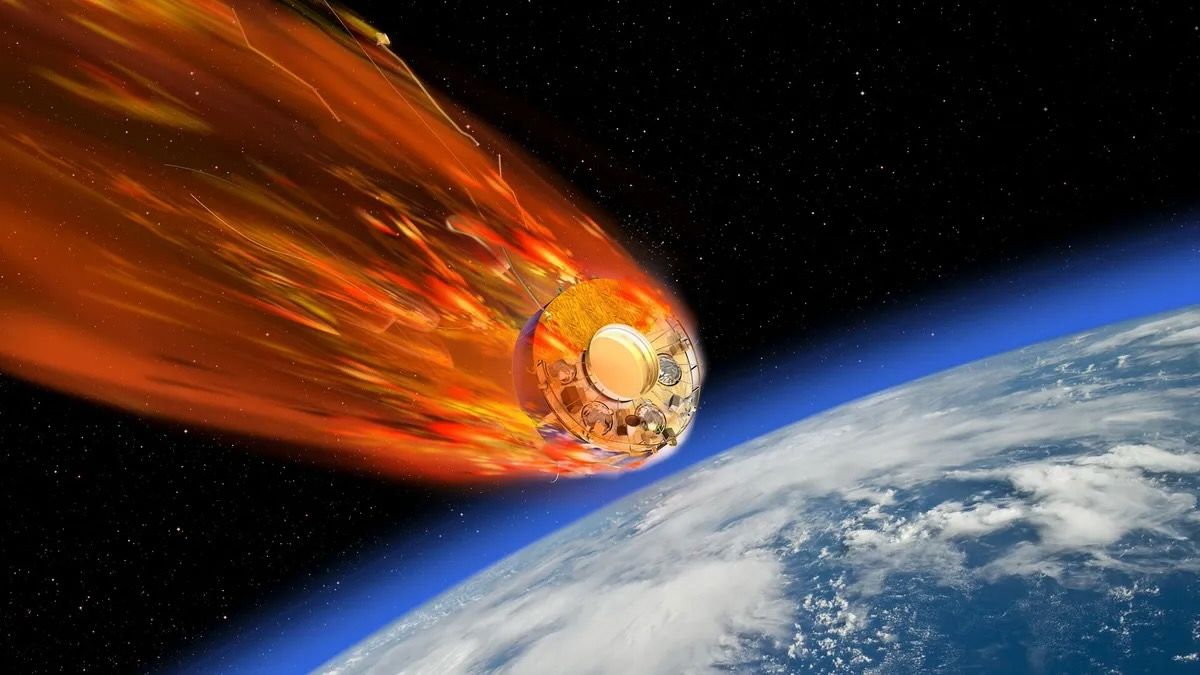Now Reading: Scientists Track Falling Satellite with Plane to Study Air Pollution
-
01
Scientists Track Falling Satellite with Plane to Study Air Pollution
Scientists Track Falling Satellite with Plane to Study Air Pollution

Fast Summary
- European scientists conducted an aircraft chase to observe the atmospheric reentry of ESA’s Salsa satellite, providing new insights into the chemical processes during satellite incineration.
- The observation campaign involved 26 cameras aboard a rented business jet near Easter Island and captured data in different wavelengths of light despite shining daylight challenges.
- researchers detected chemical compounds like lithium, potassium, and aluminum during burn-up but are still unclear how much contributes to air pollution or falls as droplets back to Earth.
- Aluminum oxide generated during satellite disintegration is linked to ozone depletion and could alter Earth’s thermal balance; however, its impact on climate remains poorly understood.
- Scientists aim to align observations with computer models for a better understanding of metal fragmentation interactions with the atmosphere.
- Satellite reentries have increased with the growth in launches; on average, three satellites fall back daily. Observations from aircraft chases offer valuable but limited data due to their high costs and technical challenges.
Indian Opinion Analysis
The study of satellite reentries has broader implications for atmospheric science globally, including India-a growing space powerhouse-with increasing launches anticipated from ISRO’s missions and private sector players. With rising concerns about orbital debris management worldwide, India’s obligation as one of the top spacefaring nations deepens alongside global cooperation efforts like those led by ESA. Accurate assessments regarding potential air pollution from disintegrating satellites are vital for India’s environmental policy formulation amidst climate change challenges. As artificial satellites become central to modern economies-supporting dialog infrastructure, weather monitoring systems, etc.-balancing innovation with sustainability will be key priorities moving forward.
























